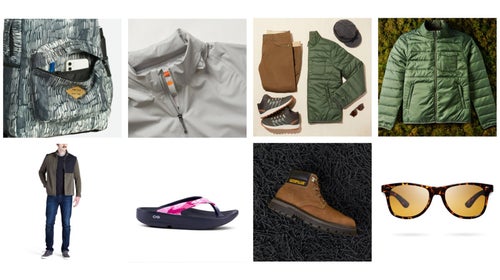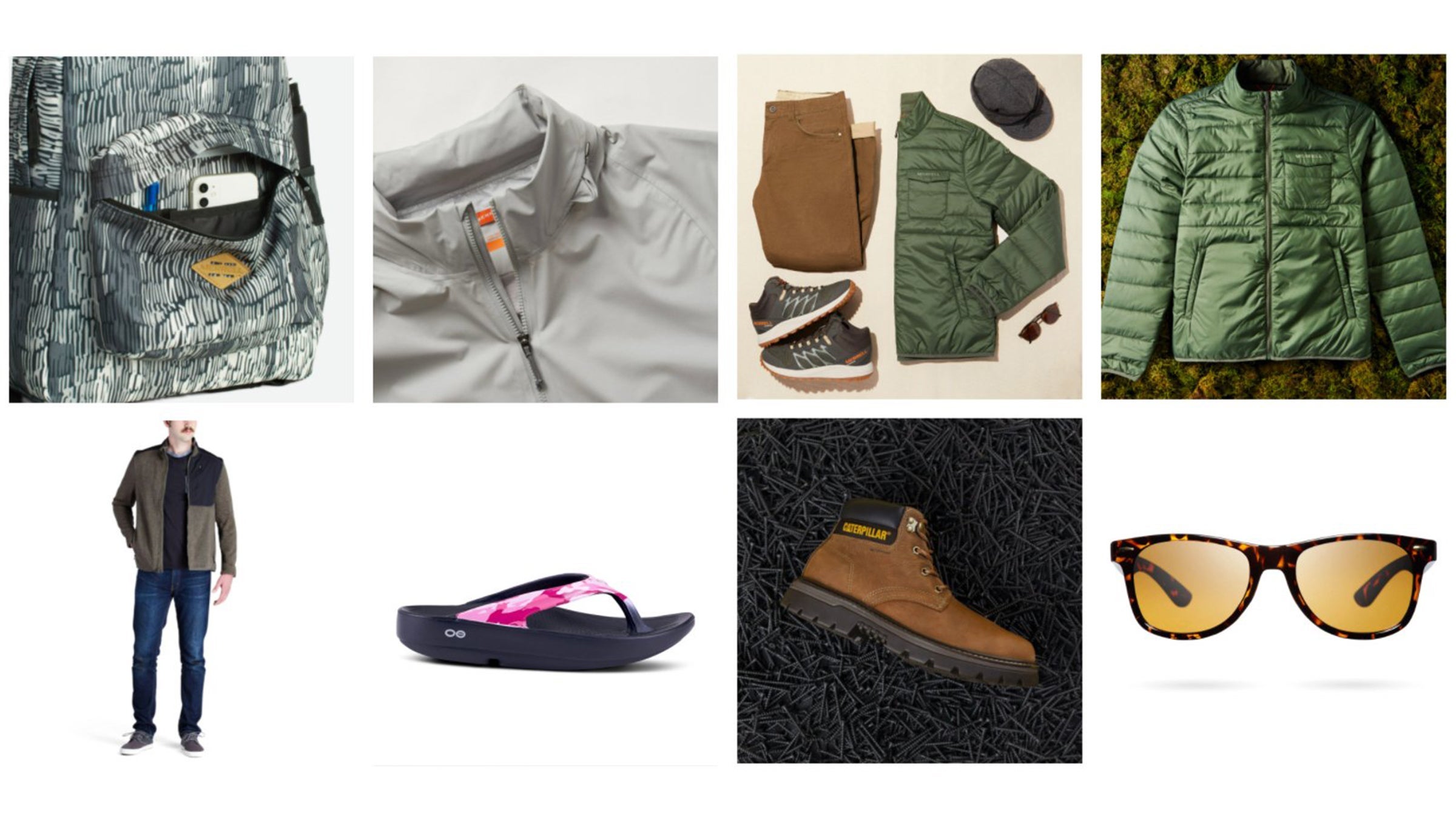If your brand has both a considerable wholesale operation and a growing direct-to-consumer (DTC) business, it’s critical to communicate your story strategically across your different channels with good content. That means producing the right assets for each channel during different stages of your go-to-market strategy. Doing this well is vital to growth. But it’s not always easy.
Choosing the Right Content Production Strategy
As brands have wrestled with the best approach to this problem, two content strategies have emerged: specialized and adaptive.
A specialized approach delivers a more highly tuned and elevated experience across each stage of the season. For example, during the creation of sell-in imagery, a specialized production strategy will produce a high-end “hero” shot that has been uniquely prepped and styled to tell that product’s story.
By contrast, an adaptive content production strategy will value flexibility over rigid style parameters. That might mean creating product assets derived from 3D models. The upside to this approach would be that it allows for endless frame and lighting permutations in post-production.
Different stages of the season have different demands. Being flexible enough to adapt to the current stage of the season means harnessing the benefits of both an adaptive and specialized approach. But what do these different approaches look like during the production cycle for a typical season, and which stage requires which strategy?
Stage One: Forecasting
At this stage, the physical product is a hot commodity. With all departments clamoring for the product, the demand is high. The challenge here is simply getting the product in front of the camera long enough to capture it. A specialized approach here allows a photography team to capture a fast deliverable—a few angles on white—that can be used in forecasting.
Trying to push for anything more at this stage slows down production for needed deliverables and plugs up the entire go-to-market pipeline. Moreover, it’s likely that a product at this stage of the season will go through dramatic changes, so shooting for a simple standard means rapid turnarounds and smooth production.
Specialized Forecasting Solution: Two-Frame E-Commerce Shots
A hero shot and a feature shot on white, with a clipping path, gets the job done. It’s a quick capture with flexible outputs that enable any post-production changes line updates might require. Simple to capture again for major updates, but easy to change in post for additional colorways or other small tweaks.

Stage Two: Shooting for Sell-In
Sell-in can be challenging, as it brings an increased diversity of needs along with more demand for assets as you work to support your sales team. Sell-in requires that you build product experiences to support your wholesale B2B system, your merchandising systems, and your rep tools. These tools often leverage multi-frame photography that appears directly in the platform, but also gets repurposed for downloadable PDF digital catalogs.
This diversity of uses means a variety of shots are needed, including products on white or transparent backgrounds, lifestyle photos and videos, model shots, and more.
There will also be a call for a selection of digital media and assets, empowering your sales team to tell your brand’s seasonal story. This can mean anything from enhanced product feature shots to short 360-degree video to longer featurettes.
Your retail partners will also want imagery that supports their efforts to sell your brand inside their own digital experiences. These assets will need to remain consistent with what retailers have already received from any other brands they carry.
That’s a lot of demand put on your photo team at this stage. Let’s break down the solutions.
Specialized Sell-in Solutions: Multi-Frame E-Commerce Photography and Product Videos

Multi-frame e-comm photography is a straightforward approach to product photography for your B2B systems, digital catalogs, and your retail partner’s systems. Product videos include walk-in and 360° product shots that deliver a simple, elevated experience and can be used widely across your B2B systems and web presentation tools. Additional videos showing your products in use can help arm your reps to accurately show and tell. Examples of both are below.

